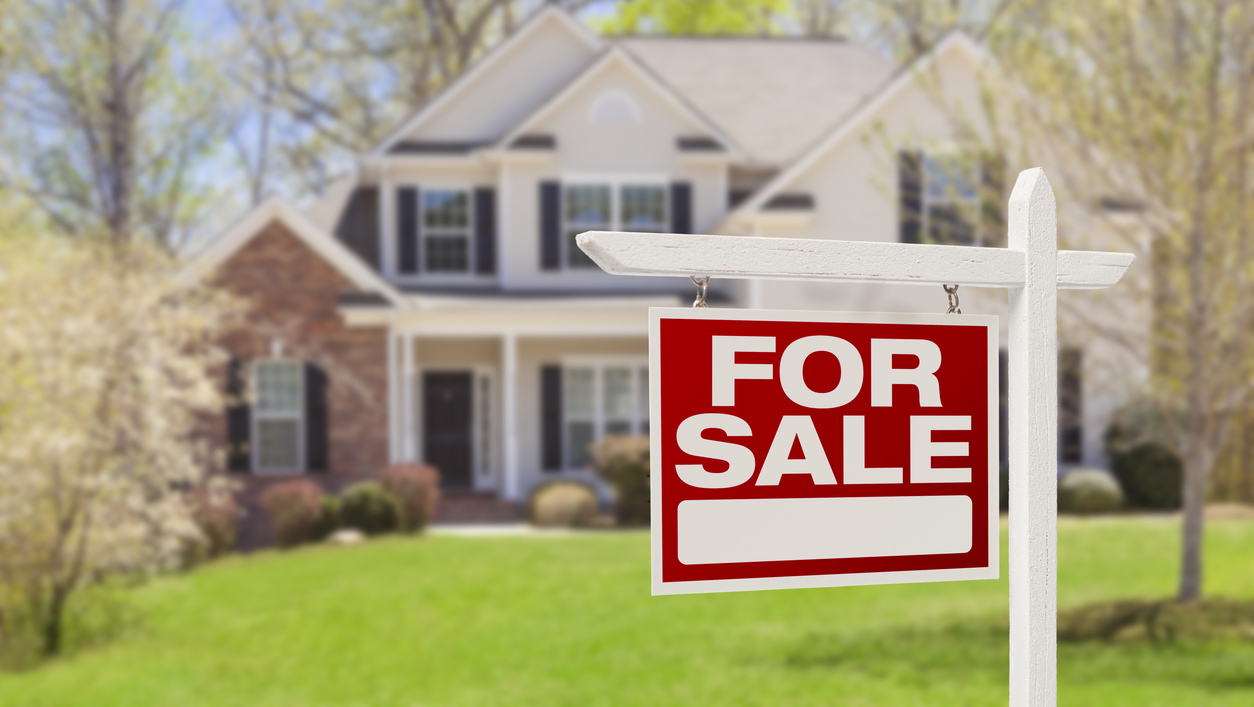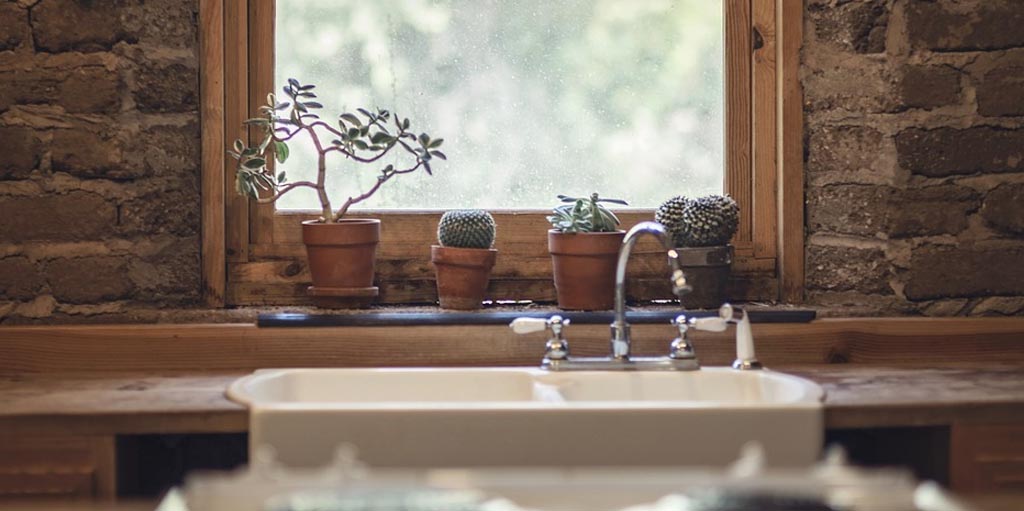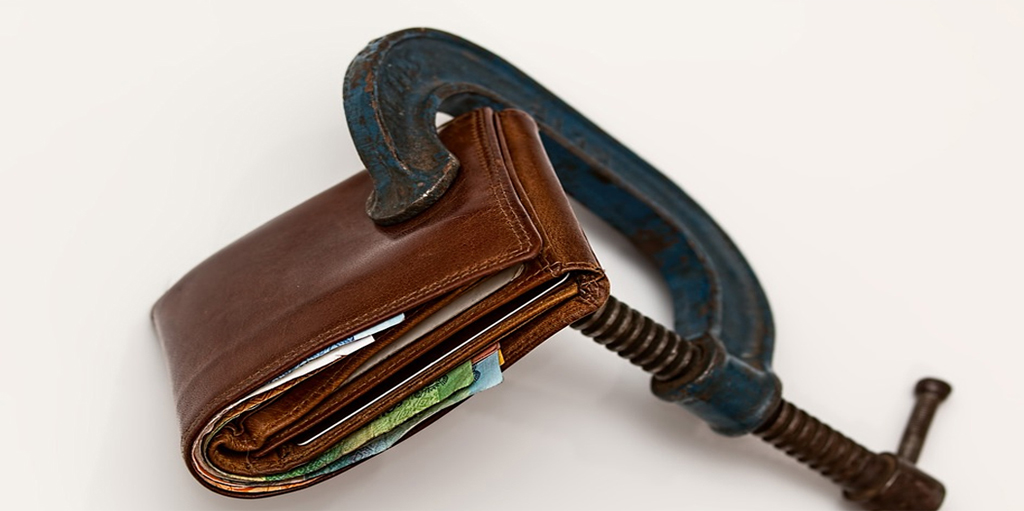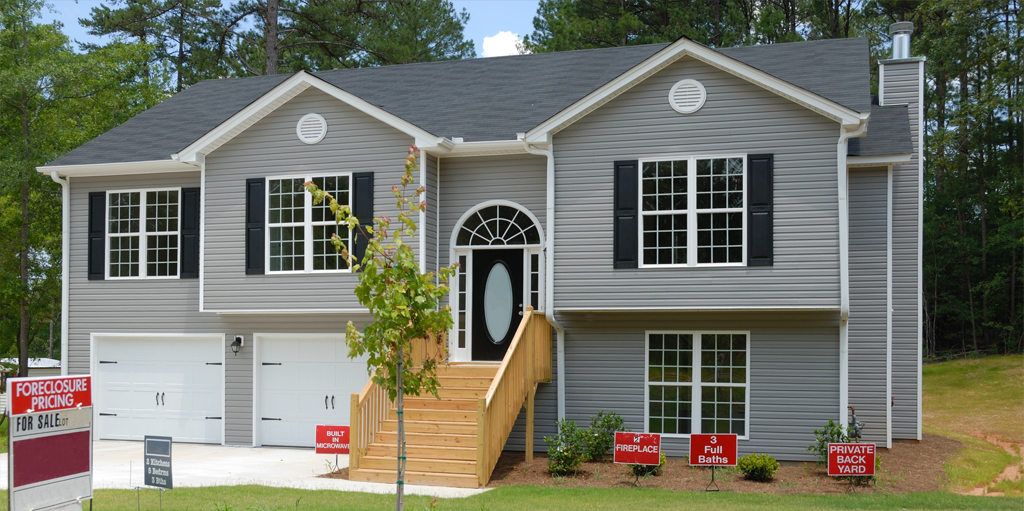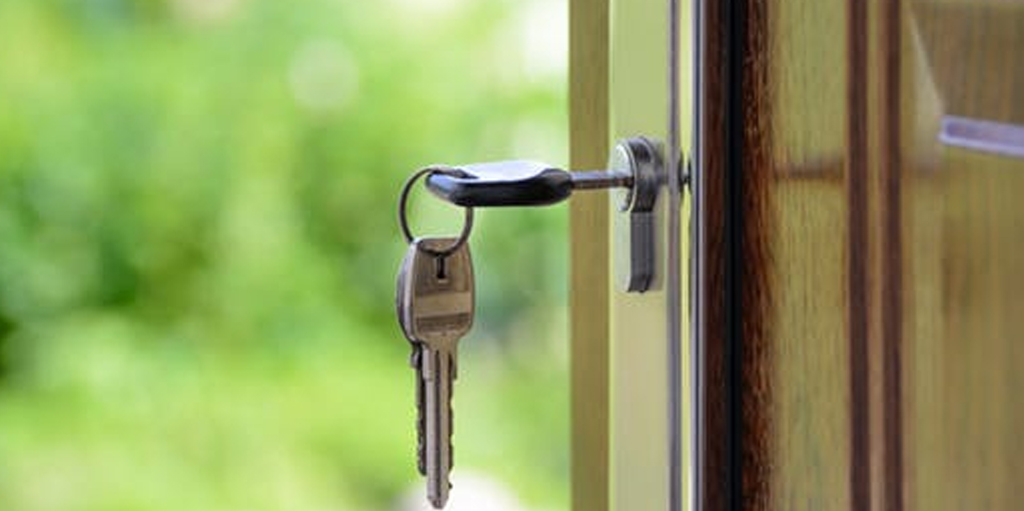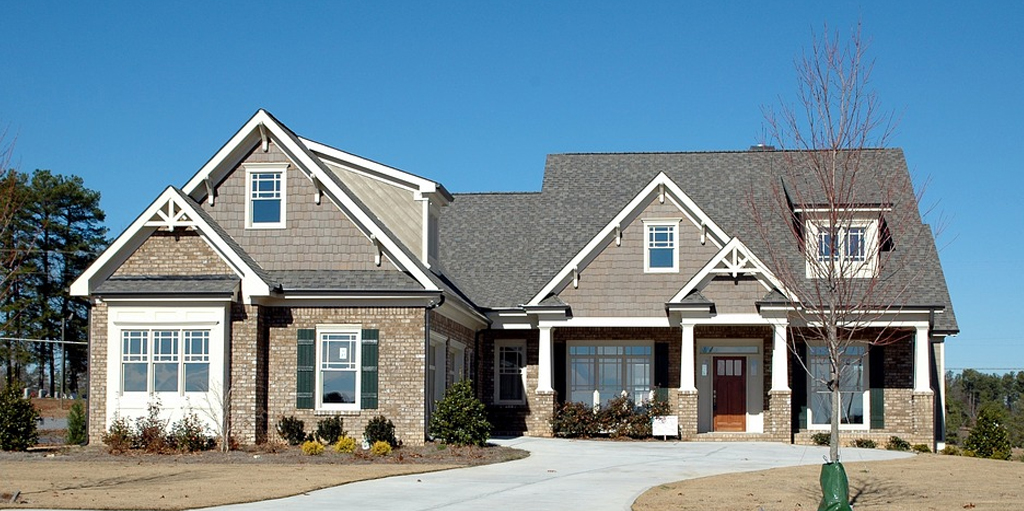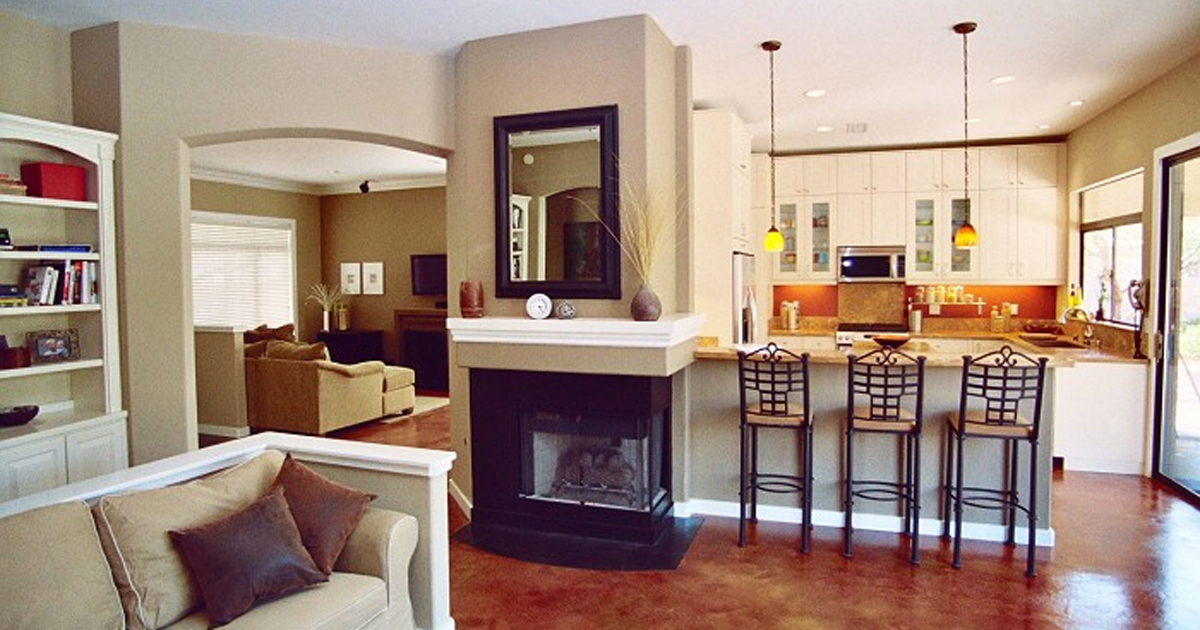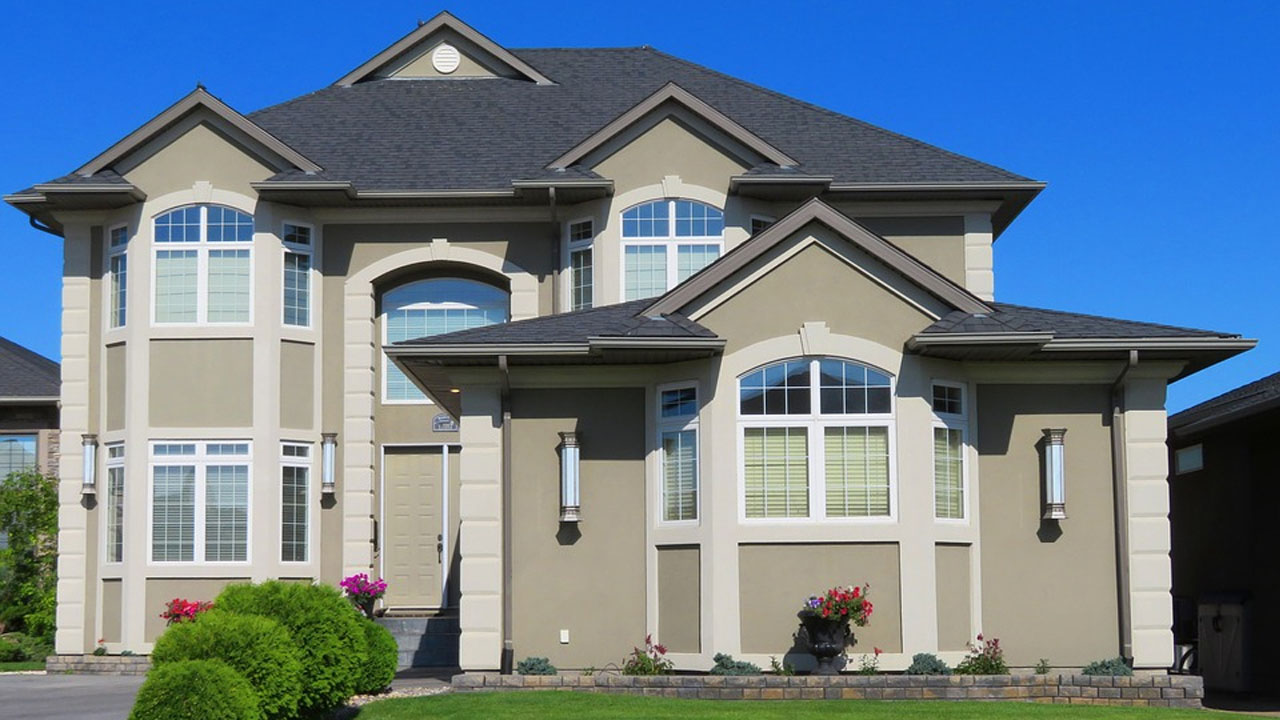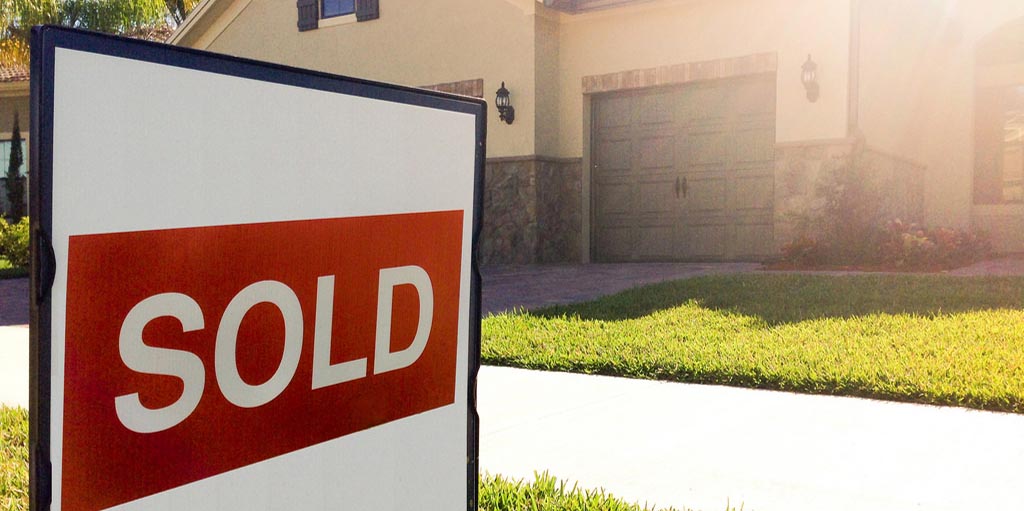
Navigating sustainable landscaping
___
Published Date 5/15/2018
Homeowners on much of the left coast and in the great Southwest have some unique outdoor conditions that rarely raise a specter elsewhere in the U.S. Water seems always to be at a premium. For many years, Californians have taken note of the grass-free front yards of their desert neighbors, but it hasn’t been until the past decade or so that they have embraced the idea with gusto.
There is a cacophony of terms used to describe sustainable landscaping, and unless you consult a landscape architect, you may not know the difference between drought-tolerant, drought-resistant, water-wise, sustainable and environmentally friendly, all of which sound like politically correct words to describe a yard with no grass.
Even landscape professionals and retailers use terms like these inconsistently, disagreeing on what they mean but knowing you might not know the difference anyway. If you get it wrong, however, you may regret it, since it can translate into wasted time and expense. Here is some basic dry background noise to consider.
Hyphenated terms such as drought-tolerant, drought-adapted, and drought-resistant are mostly interchangeable. They are plants that survive in average or less-than-average rainfall in your region. By that, we mean that what is considered drought-tolerant in Oregon or Indiana is not the same as what is tolerated in Southern California or the desert areas. Many western residents are used to a 6-month long dry season, while other parts of the U.S. must watch their weather forecasts for rainfall percentage predictions for much of the summer to plan their next weekend outing. In other words, the West suffers each and every year from a summer drought. When rain is sparse in the winter, things get more complicated and dry conditions become the topic of the weekly news.
Ever wonder which plants are native and which are not? Believe it or not, most varieties of palm trees are not native to the U.S., let alone the west, even though they are the stuff of Hollywood panoramas. There are 2,500 species of palms worldwide, with only 11 native to North America. Native plants are those that occur naturally in an environment — not ones planted by us. The beauty of them is how they benefit and support their eco-systems and locale. They have been compatible with resident animals, insects, and birds, and amphibians in perpetuity.
There are plants that have become naturalized citizens as well — those brought here by humans but grow happy in their new space. These include the California pepper tree, originally from South America. It’s wise to determine the subset of plants like these that quickly take over but poorly affect eco-systems. California native plants include the California fuschia, Matija poppy, and manzanita. Anyone who has frequented California freeways is well acquainted with huge manzanita bushes used as median buffers between directional lanes.
There are buzz-word concepts that promote plants and techniques designed to support the environment’s welfare. They aim for sustainability but promote no pesticide use, rely on natural soil regeneration via composting and mulching, and capture and use water efficiently.
For more information about how to transform your now thirsty front and back yards to water-thrifty havens, start by doing your research online, where university studies and even YouTube can offer tutorials to guide you. Then consult a professional who really knows the difference.
Source: Los Angeles Times, TBWS
All information furnished has been forwarded to you and is provided by thetbwsgroup only for informational purposes. Forecasting shall be considered as events which may be expected but not guaranteed. Neither the forwarding party and/or company nor thetbwsgroup assume any responsibility to any person who relies on information or forecasting contained in this report and disclaims all liability in respect to decisions or actions, or lack thereof based on any or all of the contents of this report.
http://nmlsconsumeraccess.org/


Peter Sweeney
Loan Officer
License: NMLS 87705
Lake City Mortgage
1875 N Lakewood Dr #102, Coeur dAlene ID
Office: 208-640-5626
Cell: 208-640-5626

Peter Sweeney
___
Loan Officer
License: NMLS 87705
Cell: 208-640-5626
Last articles
___

Volatility spikes on inflationary data
6/1/2022
Mohamed El-Erian, yesterday in an interview on Bloomberg, was not encouraging. H... view more
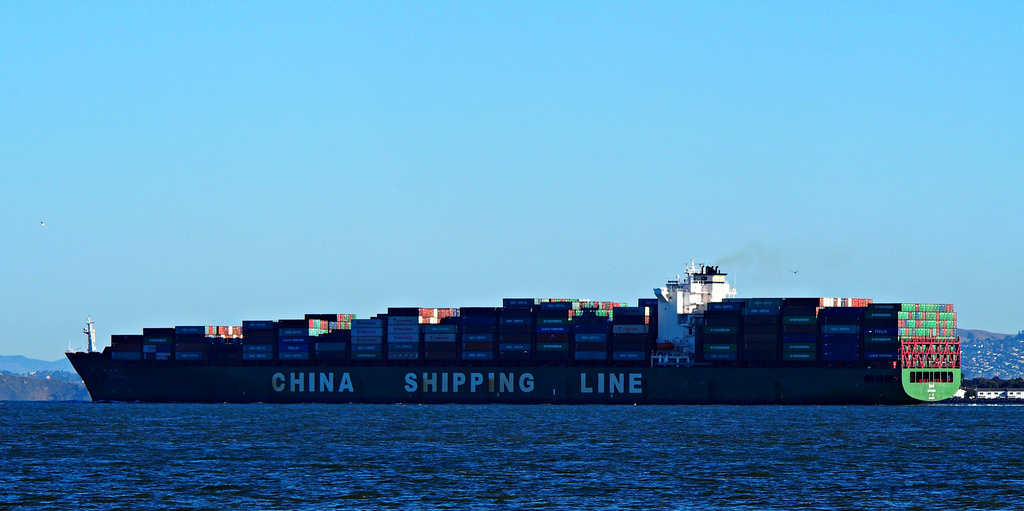
Trade talks hanging over rate markets
9/17/2018
Tariffs/Trade war is the only thing that has the ability to move rates. We do ha... view more

Rates flat as producer prices move lower
9/12/2018
The August Producer Price Index (PPI) was much lighter than expected. The headli... view more
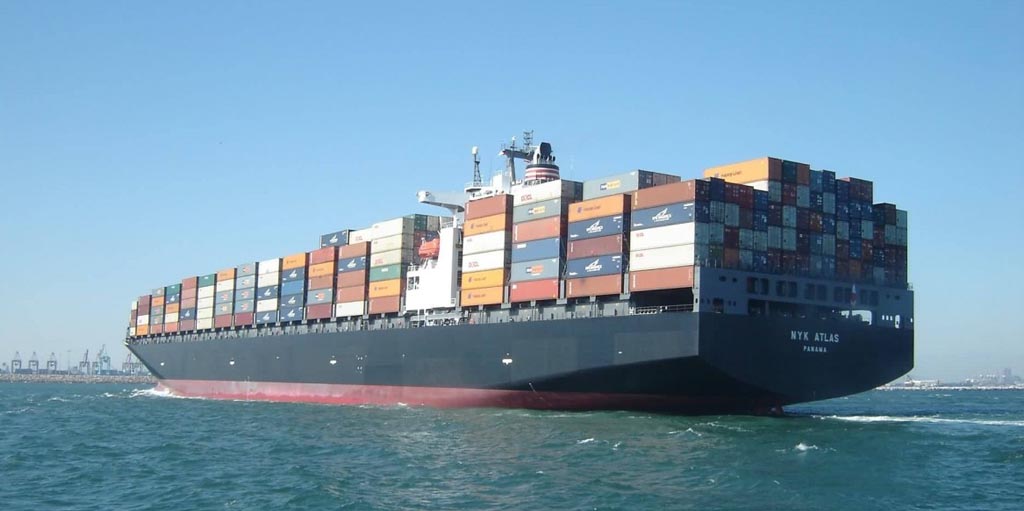
Markets focus on trade and inflation this week
8/27/2018
These are the three areas that have the greatest ability to impact mortgage rate... view more

What ever happened to the waterbed?
7/31/2018
Waterbeds were phenomenally successful for a solid 20 years, but consumers and m... view more
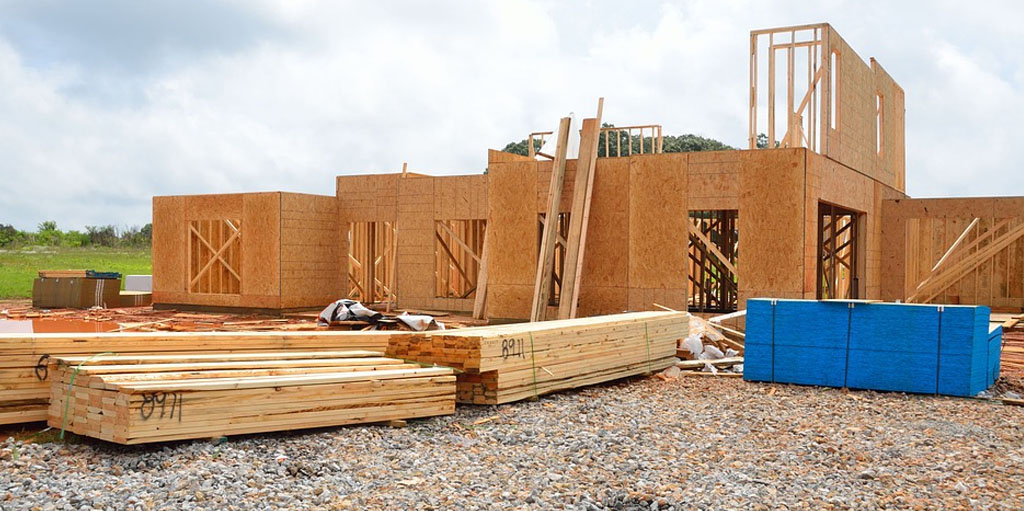
Mortgage applications flat and new home sales dip
7/25/2018
Weekly MBA mortgage applications declined last week 0.2%, purchase apps were dow... view more

Key events for the markets this week
7/2/2018
Three Things: These are the three areas that have the greatest ability to impact... view more
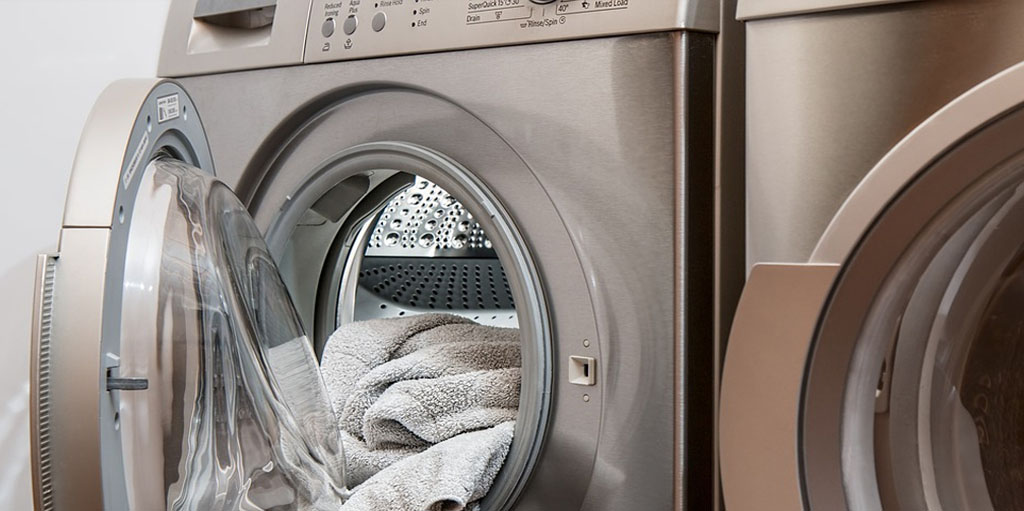
Mortgage applications and durable goods orders dip
6/27/2018
May durable goods orders were surprisingly weak; orders were thought to be -0.6%... view more

Week's market movers: EU, trade talks, and inflation numbers
6/25/2018
Three Things: These are the three areas that have the greatest ability to impact... view more
Load more
 Lake City Mortgage
Lake City Mortgage

